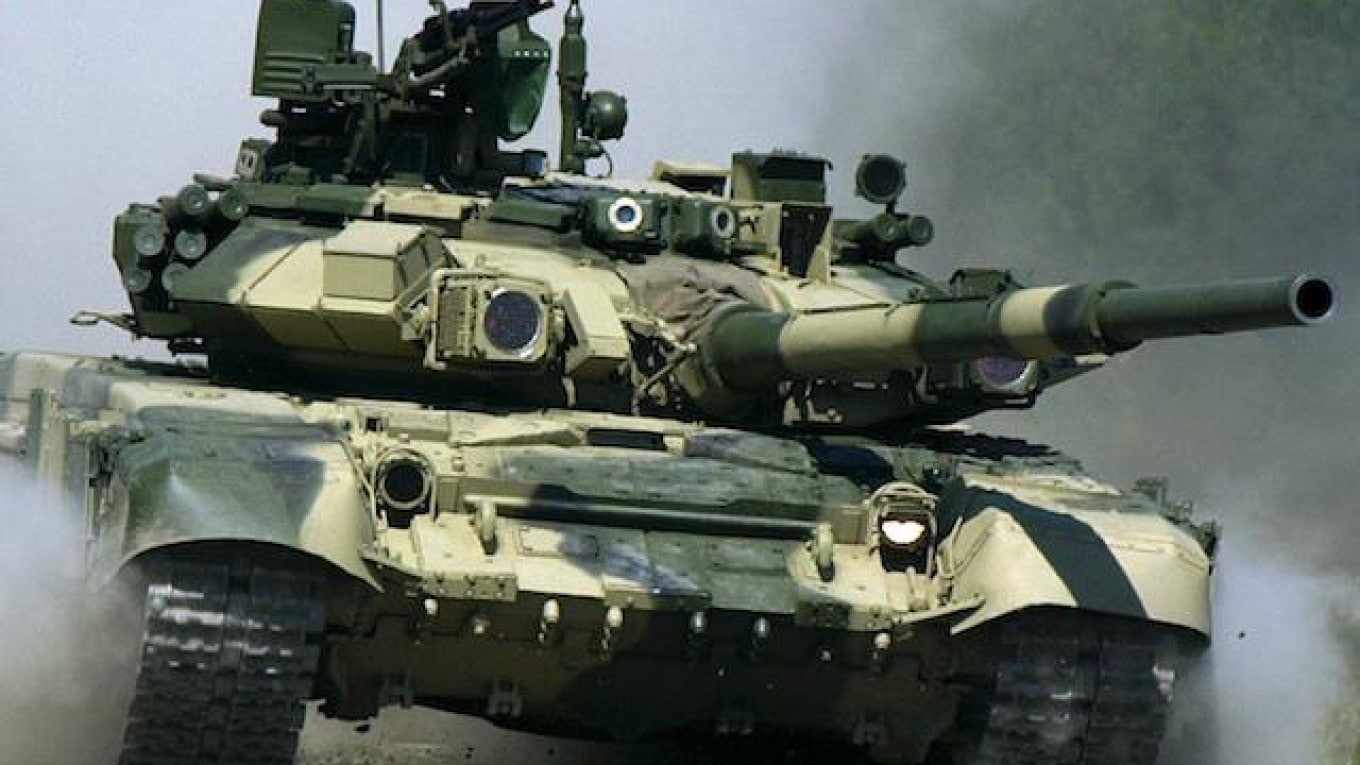On day 96 of the Russian invasion of Ukraine, the Russian military continues to look for a breakthrough in eastern Ukraine, pushing into Severodonetsk. Meanwhile, the Ukrainian military is mounting a counteroffensive farther southeast around Kherson.
Severodonetsk and Kherson
In its latest tactical update of the war, the Institute for the Study of War assessed that the Russian forces are in the vicinity of Severodonetsk but haven’t made any significant advances.
“Russian forces continued to assault Severodonetsk on May 29 but did not make any confirmed advances; Russian progress in intense urban combat will likely be slow. Russian troops are unlikely to be able to conduct multiple simultaneous operations and will likely further deprioritize advances southeast of Izyum and west of Lyman in favor of concentrating available forces on Severodonetsk in the coming days,” the Institute for the Study of War stated.
Over the past two weeks, the Russian military has shifted tactics, opting for slow, deliberate advances and using long-range fires to suppress the Ukrainian defenses and any counterattacks. This shift in tactics has paid off as the Russian forces have managed to move forward in the Donbas. However, the rate of casualties that the Russian military is suffering continues to be unsustainable, raising questions on whether the successes brought by the shift in tactics can outpace attrition.
Meanwhile, the Ukrainian forces have launched a counteroffensive toward Kherson and Mykolaiv to frustrate the Russian defensive preparations there.
“This Ukrainian counterattack is likely intended to disrupt Russian efforts to establish strong defensive positions along the Southern Axis. While the Ukrainian counterattack does not appear likely to retake substantial territory in the near term, it will likely disrupt Russian operations and potentially force Russia to deploy reinforcements to the Kherson region, which is predominantly held by sub-standard units. Ukrainian counterattacks may additionally slow Russian efforts to consolidate administrative control of occupied southern Ukraine,” the Institute for the Study of War assessed.
The Short- and Long-Term Effect of Russia’s Heavy Casualties
The Russian military continues to suffer heavy and unsustainable casualties.
The Ukrainian Ministry of Defense claimed that as of Monday, Ukrainian forces have killed approximately 30,350 Russian troops (and wounded approximately thrice that number), destroyed 207 fighter, attack, and transport jets, 174 attack and transport helicopters, 1,349 tanks, 643 artillery pieces, 3,282 armored personnel carriers, 205 Multiple Launch Rocket Systems (MLRS), 13 boats and cutters, 2,258 vehicles and fuel tanks, 93 anti-aircraft batteries, 507 tactical unmanned aerial systems, 48 special equipment platforms, such as bridging vehicles, and four mobile Iskander ballistic missile systems, and 118 cruise missiles shot down by the Ukrainian air defenses.
In its daily operational update, the British Ministry of Defense focused on the Russian casualties and the effects that this is having—and continues to have—on Russian military readiness and combat capabilities.
“Russia has likely suffered devastating losses amongst its mid and junior ranking officers in the conflict. Brigade and battalion commanders likely deploy forwards into harm’s way because they are held to an uncompromising level of responsibility for their units’ performance. Similarly, junior officers have had to lead the lowest level tactical actions, as the army lacks the cadre of highly trained and empowered non-commissioned officers (NCOs) who fulfil that role in Western forces,” the British Ministry of Defense assessed.
One of the many reasons the Russian military has thus far failed spectacularly in Ukraine is its weak non-commissioned officer corps. Unlike the U.S. military, which lives and fights because of its potent non-commissioned officer corps, the Russian military is officer- and enlisted-heavy. There aren’t many tactical leaders around, resulting in a tactical disconnect that can, and has, led to tactical disasters.
“The loss of large proportion of the younger generation of professional officers will likely exacerbate its ongoing problems in modernising its approach to command and control. More immediately, battalion tactical groups (BTGs) which are being reconstituted in Ukraine from survivors of multiple units are likely to be less effective due to a lack of junior leaders,” the British Ministry of Defense stated.
Casualties and a bad command structure are taking a toll on the Russian forces’ morale, with many units refusing to fight or disobeying orders.
“With multiple credible reports of localised mutinies amongst Russia’s forces in Ukraine, a lack of experienced and credible platoon and company commanders is likely to result to a further decrease in morale and continued poor discipline,” the British Military Intelligence added.
A few weeks ago, Sir Jeremy Fleming, the director of the Government Communications Headquarters (GCHQ), the British signals intelligence agency and the equivalent of the U.S. National Security Agency (NSA), said that Western intelligence services have intercepted Russian military communications that showed a hesitancy to fight in Ukraine.
1945’s New Defense and National Security Columnist, Stavros Atlamazoglou is a seasoned defense journalist specializing in special operations, a Hellenic Army veteran (national service with the 575th Marine Battalion and Army HQ), and a Johns Hopkins University graduate. His work has been featured in Business Insider, Sandboxx, and SOFREP.

